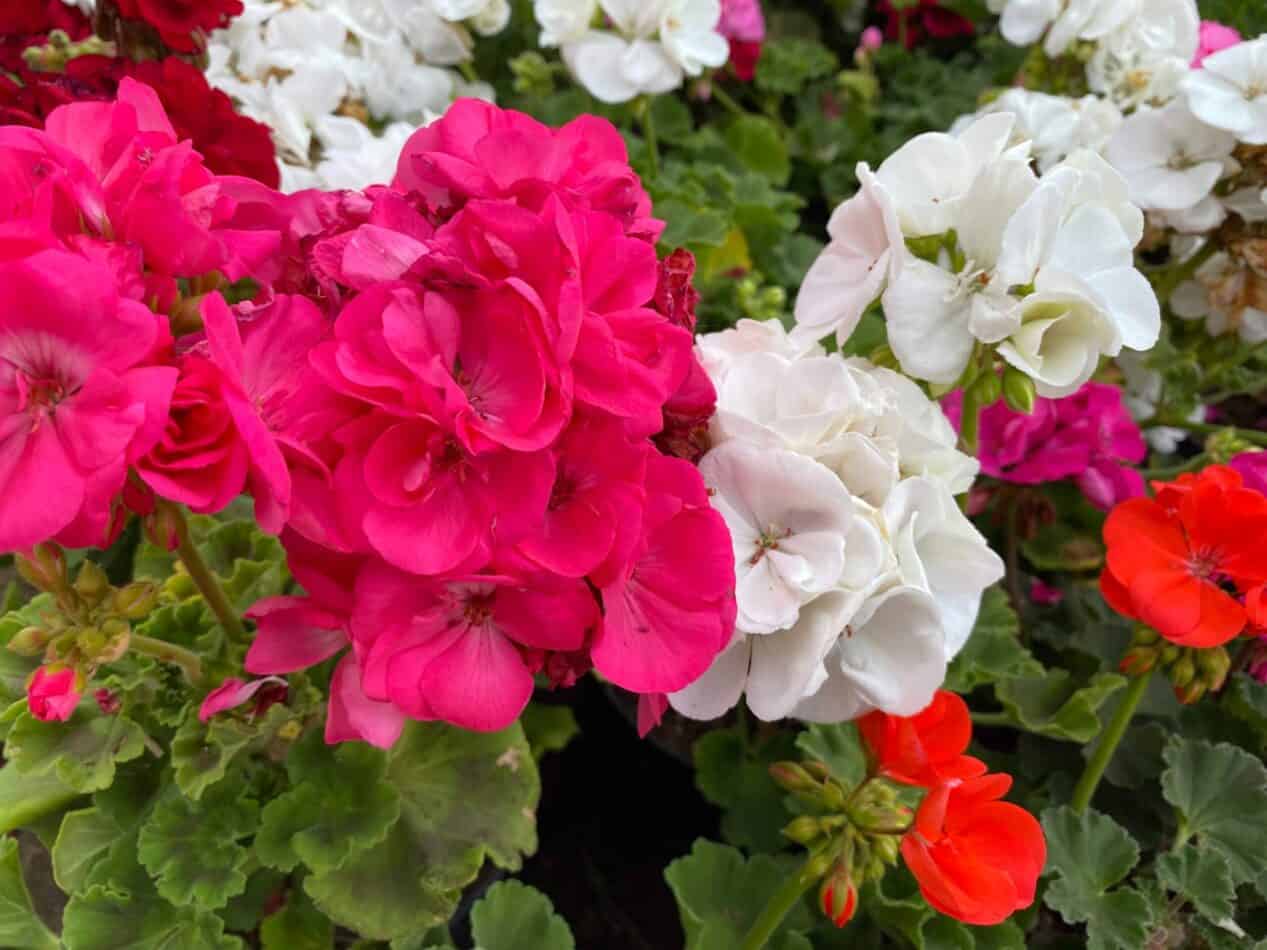Kings Mantle (Thunbergia erecta) is an attractive upright climbing perennial that reaches two meters in height. This plant produces large violet flowers adorned with a yellow center and blooms from summer through to fall. It is particularly attractive to butterflies, bees, and hummingbirds. This flower is sometimes known as the Bush Clock Vine and is a member of the Acanthaceae (acanthus family).
How to Plant and Grow Kings Mantle
Kings Mantle can be grown in a pot, either outdoors or indoors. If you are planting them outdoors, choose a spot in your garden that gets enough sunlight and has loose, well-draining soil. They grow best in warm, humid climates and will struggle in very dry areas. To ensure their best growth, you should keep the soil moist by regularly watering them and feed them every two weeks with an all-purpose fertilizer.
Meaning and Symbolism
The Kings Mantle has an interesting meaning and symbolism. Its scientific name ‘Thunbergia’ is derived from a Swedish botanist called Carl Peter Thunberg and the species name ‘erecta’ refers to the plants upright-growing habit. This flower symbolizes prosperity, success, and royalty and it is believed that it also brings good luck.
History, Mythology, and Religious Significance
The Kings Mantle is a symbol that has been used throughout many cultures. Ancient Egyptian hieroglyphs indicate it was associated with royalty, while ancient Greek mythology referenced the plant in the story of Persephone, the daughter of Zeus, who was abducted by Hades. In Judaism, the Kings Mantle is referenced as a celestial being that will be used when the messiah comes to save the world. In Christianity, it features in art depicting the crucifixion and resurrection of Jesus Christ.
Flower Varieties and Their Defining Characteristics
The Kings Mantle is available in a range of flower colors, from classic violet to deep purple, apricot, and pink. Depending on the variety, the flowers may be single or double, and may be smaller or larger in size. Another distinguishing characteristic is its leathery dark green foliage which can be variegated.
How to Pot and Repot
When potting or repotting Kings Mantle, use a well-draining potting mix in a container with adequate drainage holes. The pot should be deep enough to hold the plant’s roots. Place a few inches of soil in the bottom of the container, spread the roots over the soil, and add more soil until the root ball is covered. Make sure to lightly firm the soil to prevent air pockets, water generously, and apply a slow-release fertilizer.
How to Prune
Pruning Kings Mantle is an important part of their care. In late winter or early spring, use pruning shears to remove dead or damaged branches. This will promote healthy new growth and ensure a vibrant flower display. Regularly deadhead the flowers to encourage more blooms and pinch back the side branches to maintain its shape.
How to Propagate
Propagating Kings Mantle is often done by seed, however it is possible to propagate them using a cutting or layering. To take cuttings, use a sharp pair of scissors or pruning shears, to snip off a section at the tip of an existing stem. Dip the cutting in a rooting hormone and plant in a mixture of perlite and compost. To layer, simply bend down a stem and secure it to the soil with a plant tie. Once the stem has developed roots, it can be detached and planted on its own.
Common Pests and Diseases
Kings Mantle can be subject to a variety of pests and diseases, so it is important to keep an eye out for any signs. Common pests that can attack the plant are aphids, mealybugs, thrips, and spider mites. These can be treated with the use of insecticidal soap and neem oil. Common diseases include powdery mildew, leaf spot, and root rot. These can be prevented by avoiding overwatering and any prolonged exposure to cold and wet conditions, particularly in winter.
Frequently Asked Questions
What are the ideal growing conditions for Kings Mantle?
Kings Mantle prefers an environment with partial shade and moist soil. It requires plenty of warmth and humidity so it should be planted in sheltered locations where it is protected from cold winds.
How often should I water Kings Mantle?
Kings Mantle should be watered regularly, approximately once a week during the summer months, and every few weeks during the winter. Make sure to water their soil deeply, until the top few inches of soil is moist, then allow it to dry out slightly before watering again.
What type of fertilizer is best for fertilizing Kings Mantle?
A liquid fertilizer or a slow-release fertilizer can both be used to fertilize Kings Mantle. Make sure to dilute the fertilizer to half the recommended strength and apply monthly during the growing season.
Table Fact Sheet
| Name | Thunbergia erecta |
|---|---|
| Family | Acanthaceae |
| Plant Type | Perennial |
| Mature Size | 2m tall |
| Sun Exposure | Partial shade |
| Soil Type | Loose, well-draining soil |
| Soil pH | Neutral |
| Bloom Time | Summer to Fall |
| Flower Color | Violet, Purple, Apricot, Pink |
| Hardiness Zones | 10-12 |
| Native Area | East Africa |
What we love from Amazon this week
Buy these wonderful flowers directly from Amazon:















